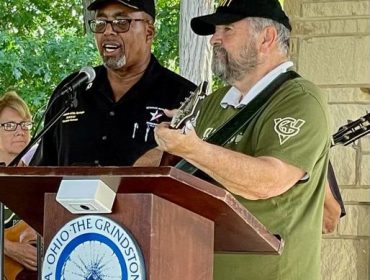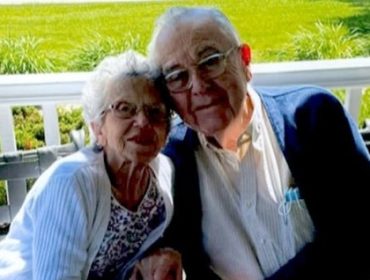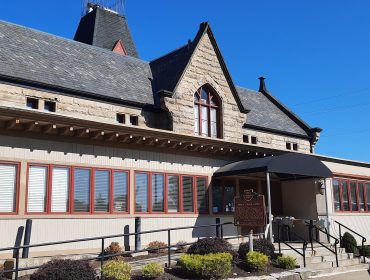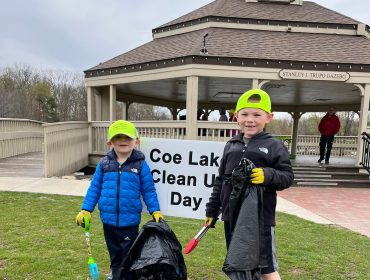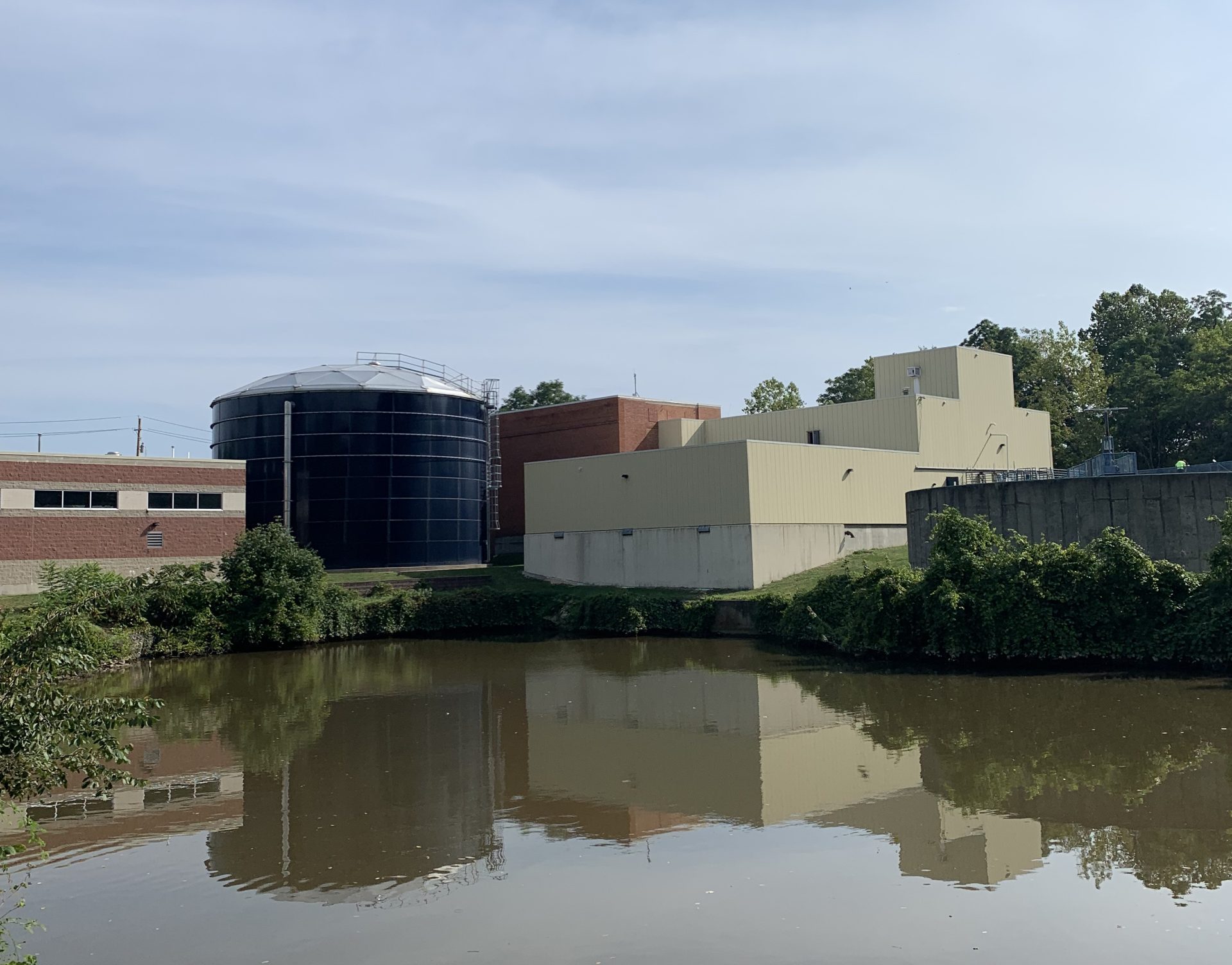
Exploring Berea’s Water Plant- Keeping Your Water Clean
When we turn on our water faucets, shower heads, and sprinkler systems, how often do we think about the time, labor, and scientific expertise that others put into our water to ensure it is safe for our use and consumption?
Tony Armagno (Director of Public Service/City Engineer) and Danine Schultz (Water Superintendent) gave me a tour of the Dr. Dimiter Ramadanoff Water Plant, and I learned just how extensive the operation really is. Armagno said “There may not be many people who get excited about what we do,” but during the tour, it was clear that both Armagno and Schultz have a lot of pride in their work. And so they should. Without their efforts and expertise, we would not have clean water to drink, bathe, or even water our gardens.
Due to the complexity of the sciences and engineering that goes into the operation of the plant, this article is merely a snapshot of the techniques and processes that occur here.
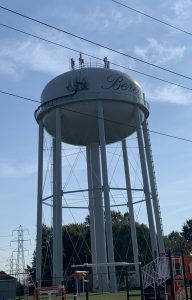
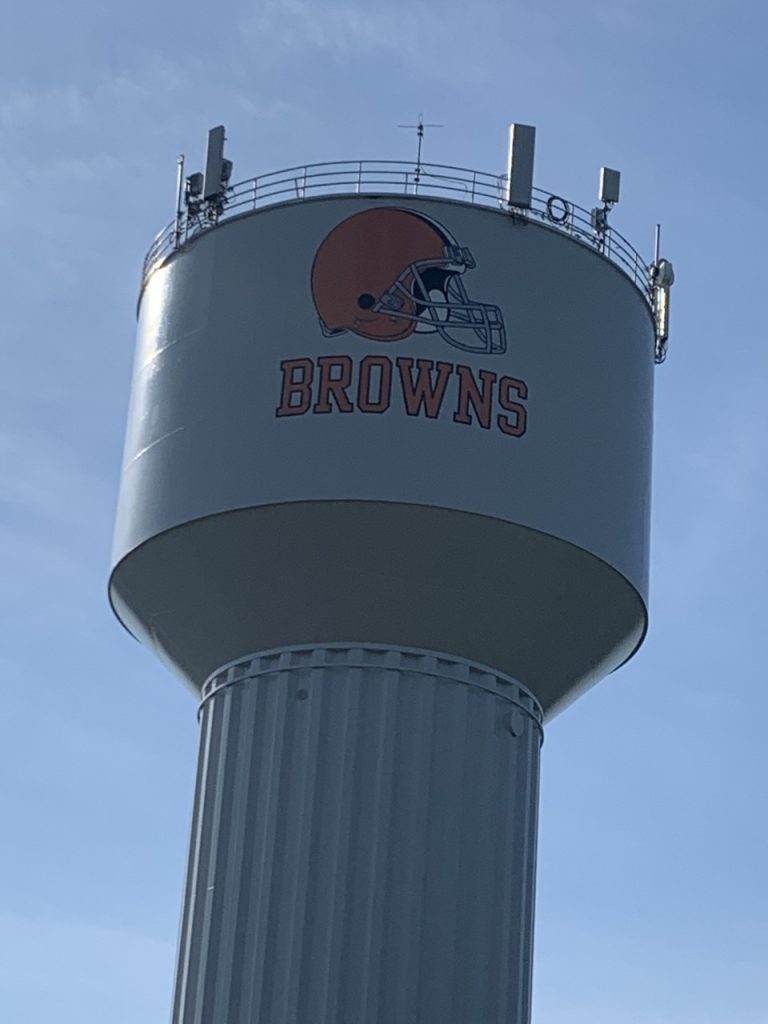
About the Plant
The city of Berea constructed the plant in 1898. After a series of fires, Berea decided it was pertinent to have its own pumping system to help protect the city. The treatment process and ability to supply water to local households and businesses began in the 1920’s. Today the plant has the capacity to treat and provide 3.6 million gallons of water every day, though about 2 million gallons is the daily average.
Most of our water supply comes from Rocky River, but the plant will occasionally pump water from Coe Lake if necessary. For example, the plant will sometimes use water from Coe Lake during the winter months when salt is used on the roads because the lake is less susceptible to runoff than the river. Runoff, after the roads have been salted, causes greater concentrations of chloride in the water, which is more difficult to extract. In these circumstances, the plant will use Coe Lake or sometimes a blend from different sources. Schultz, who has had experience at other water plants, including those that pump from larger lakes, says “River plants are much more difficult, but I enjoy the challenge. You can’t get bored here.”
Cleansing water from both organic and synthetic pollutants is a complicated and elaborate
process. The water goes through many stages before it is sanitized and safe.
The Filtration System
The water is first pumped into what they call a “pre-sedimentation pond.” Once the larger debris settles to the bottom, the plant pumps the top layers thru a series of filtration systems. In each consecutive stage, the debris in the water settles out. When the water is ready, it is pumped through the GAC (Granule Activated Carbon).
Berea is one of the few cities in Ohio that actually has a GAC machine. Here, the water streams through six Carbon vessels which filter out organics. A UV system kills and inactivates any organisms in the water that the GAC did not filter. Schultz says the GAC and UV units “are state of the art, so Berea is ahead of the game in the battle of PFAS removal.” (PFAS, in summary, are man-made chemicals used in many products. These products are difficult to break down and remove from the water.)
When the water is safe for use and consumption, it is then stored in what they call the “finished water tanks”. The plant has at least two tanks at any given time in case one needs repair or is out of service. Aside from the on-site tanks, they also have Lincoln Tower, located on Lincoln Ave, and Groza on Woodmere Dr. These tanks are massive, with up to 850,000 gallons of clean water.
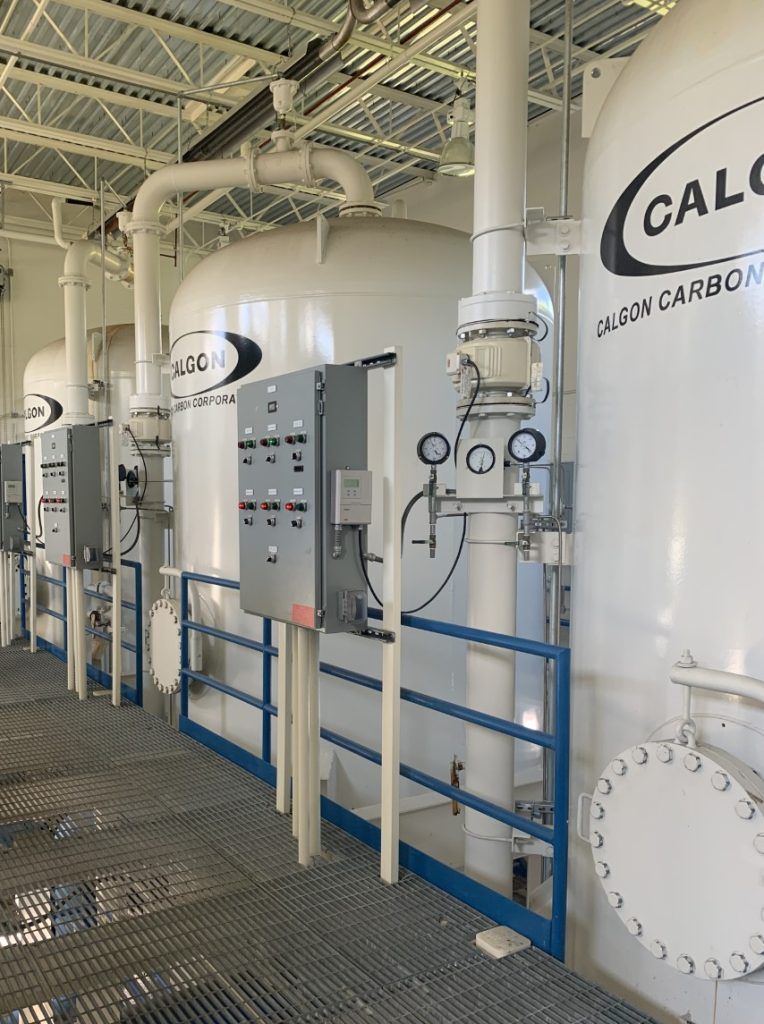
Future for the Plant
The plant is also in the process of designing a new tank. Construction of the tank should begin next year. They use elevated tanks equipped with underground pumps to make use of gravity during the pumping process. This saves electricity and helps create the water pressure when you turn on your faucet.
Schultz says “The city is proactive…This plant is one of the most unique plants in the state of Ohio.”
I hope the next time you fill your ice tray or your swimming pool, you will think about how lucky we are to have one of the best water treatment plants in the state.
Learn more here.
Related News
Strumming to Heal: How Guitars4Vets Cleveland Transforms Lives
Explore the Guitars4Vets Cleveland Chapter: A non-profit using music to help veterans heal from PTSD and rediscover joy.
Jim and Ellie Batt…A Journey of 70 years!
Berea couple, Jim and Ellie Batt, celebrate their 70th wedding anniversary. The couple moved to Berea in 1974.
“The Sting” is On the Air- BW’s Alternative Rock Station
Did you know Baldwin Wallace University has an alternative rock station? WBWC 88.3 FM"The Sting" . Check it out!
The Depot’s Railfan Fame- One of Berea’s Hidden Gems
The Berea Depot is one of the most popular train-spotting hotspots in the country for railfans. Check out what makes Berea Great.
Princesses Against Cancer Comes to Berea
Princesses Against Cancer, a non-profit established by 16-year-old Elizabeth Pino, helps lift spirits of children battling cancer
Thank You! We Love the Coe Lake Clean-Up!
The Yearly Coe Lake clean-up was a success! 100 residents showed up to remove 20 bags of garbage from Coe Lake. THANK YOU!
